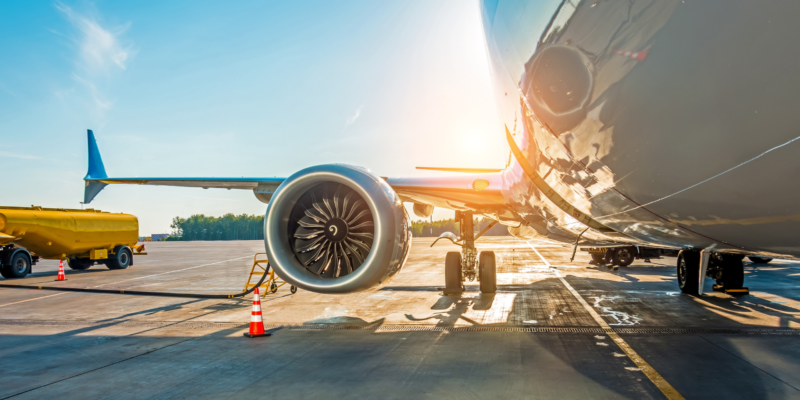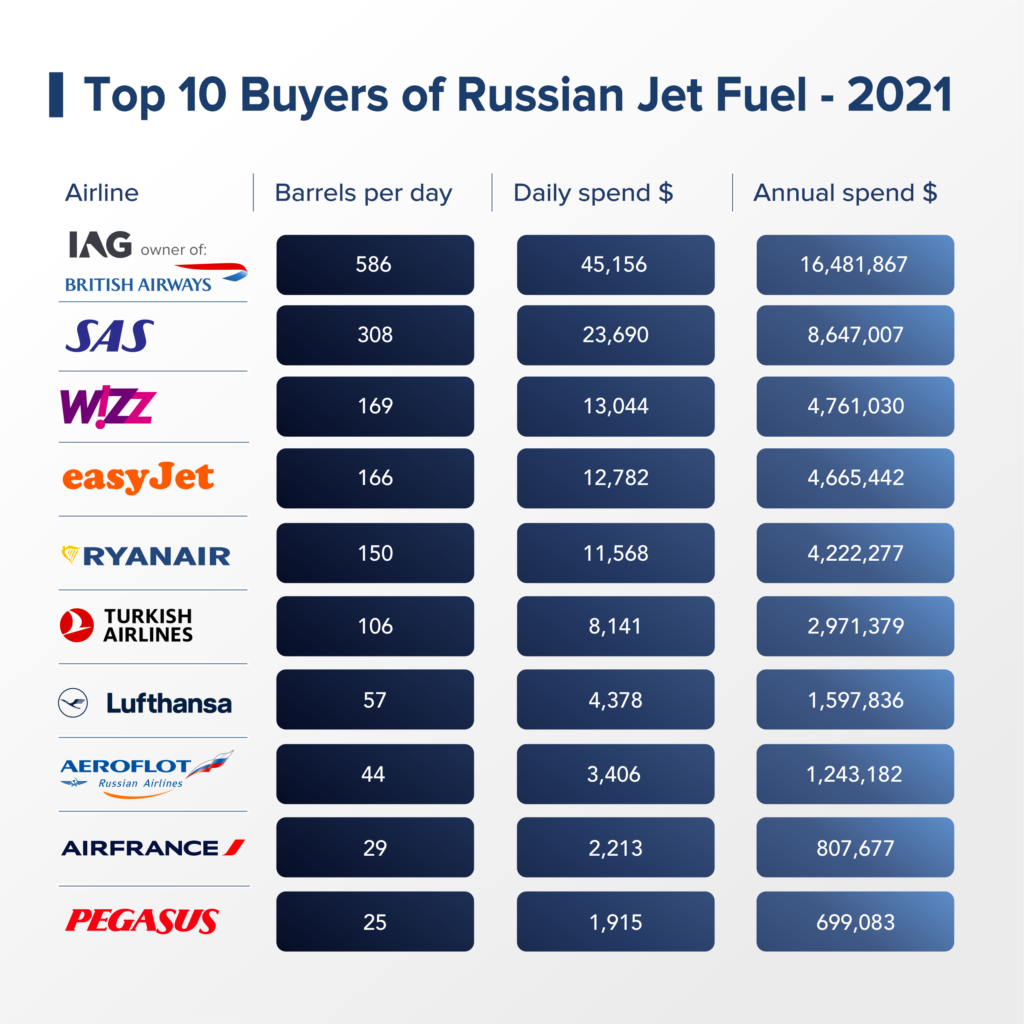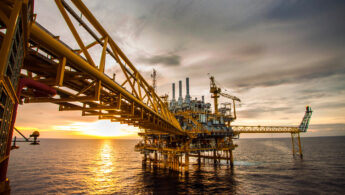Azerbaijan’s energy and climate policies dominated by gas export expansion plans
Azerbaijan's climate and renewable energy efforts are dwarfed by its gas export expansion plans.

The EU imported 13,000 b/d of jet fuel from Russia in 2021. This equates to 1.3% of total jet fuel consumption, or 5% of imports. It also represents USD 1,001,000 a day flowing from the EU to Russia (at an average price of $77 per barrel). This is a significant drop in volume from pre-Covid levels – in 2015-19, annual jet fuel imports from Russia averaged 30,200 b/d (USD 1,751,600 a day, taking the average price of jet fuel across the five-year period). This equated to 2% of total average annual consumption.
For comparison, 20% of the EU’s imported jet fuel in 2021 came from the UAE, 16% from Kuwait, 12% from India, 10% from South Korea and 8% from Saudi Arabia.
Between 2011 and 2019, the main growth markets of imported jet fuel were Russia, the UAE and Saudi Arabia. Imports from Russia increased 620%, while those from the UAE (168%) and Saudi Arabia (127%) more than doubled. Despite the dramatic drop in demand brought about by the pandemic, imports from Russia in 2021 were 160% higher than in 2011.
However, Covid has started to reshape the landscape. Between 2020 and 2021, imports from Saudi Arabia, the UAE and Russia were down 30%, 21% and 13% respectively. Meanwhile, imports from Turkey (11%) and India (20%) rose.
In 2021, 71% (699 of 988 b/d) of the jet fuel consumed by the EU was produced (refined) in Europe, 14% in the Middle East and 11% in Asia Pacific. 2% came from Russia and the former Soviet Union states.
In 2021, British Airways-owner IAG was by some distance the biggest consumer of jet fuel imported from Russia. The airline used on average 586 b/d of Russian jet fuel. This equates to USD 45,122 a day. Again this is a significant drop from pre-Covid levels – between 2015-19, it used on average 1,974 b/d (USD 114,492 a day, again taking the five-year average price) of jet fuel from Russia. Over this same period, SAS was the biggest user of Russian jet fuel, averaging 3,277 b/d (USD 190,066).
At 308 b/d, Scandinavian Airlines (SAS) was the next biggest consumer of Russian Jet fuel last year, followed by Wizz Air (169 b/d), Easyjet (166), Ryanair (150), Turkish Airlines (106), Lufthansa (57), Air France (29) and Pegasus (25).

In 2021, among Europe’s leading airports, London’s Heathrow was the biggest consumer of Russian jet fuel, at 874 b/d (USD 67,298 a day). This is a significant drop from pre-Covid levels, when the airport’s annual average from 2015-19 was 4,101 b/d (USD 237,858 a day, using the five-year average price). Airports in London – namely Heathrow and Gatwick – were by far the largest consumers of Russian jet fuel between 2011 and 2021, accounting on average for 92% of consumption of Russian jet fuel.
Last year, the next biggest consumer of Russian jet fuel was Paris’ Charles de Gaulle (706 b/d), followed by Amsterdam’s Schiphol (225 b/d) and London’s Gatwick (126 b/d).
The data upon which this briefing is based was commissioned from Energy Aspects last year, before the Russian invasion of Ukraine

Azerbaijan's climate and renewable energy efforts are dwarfed by its gas export expansion plans.

Although carbon capture and storage could help reduce emissions, most projects are connected to the production of more oil and…